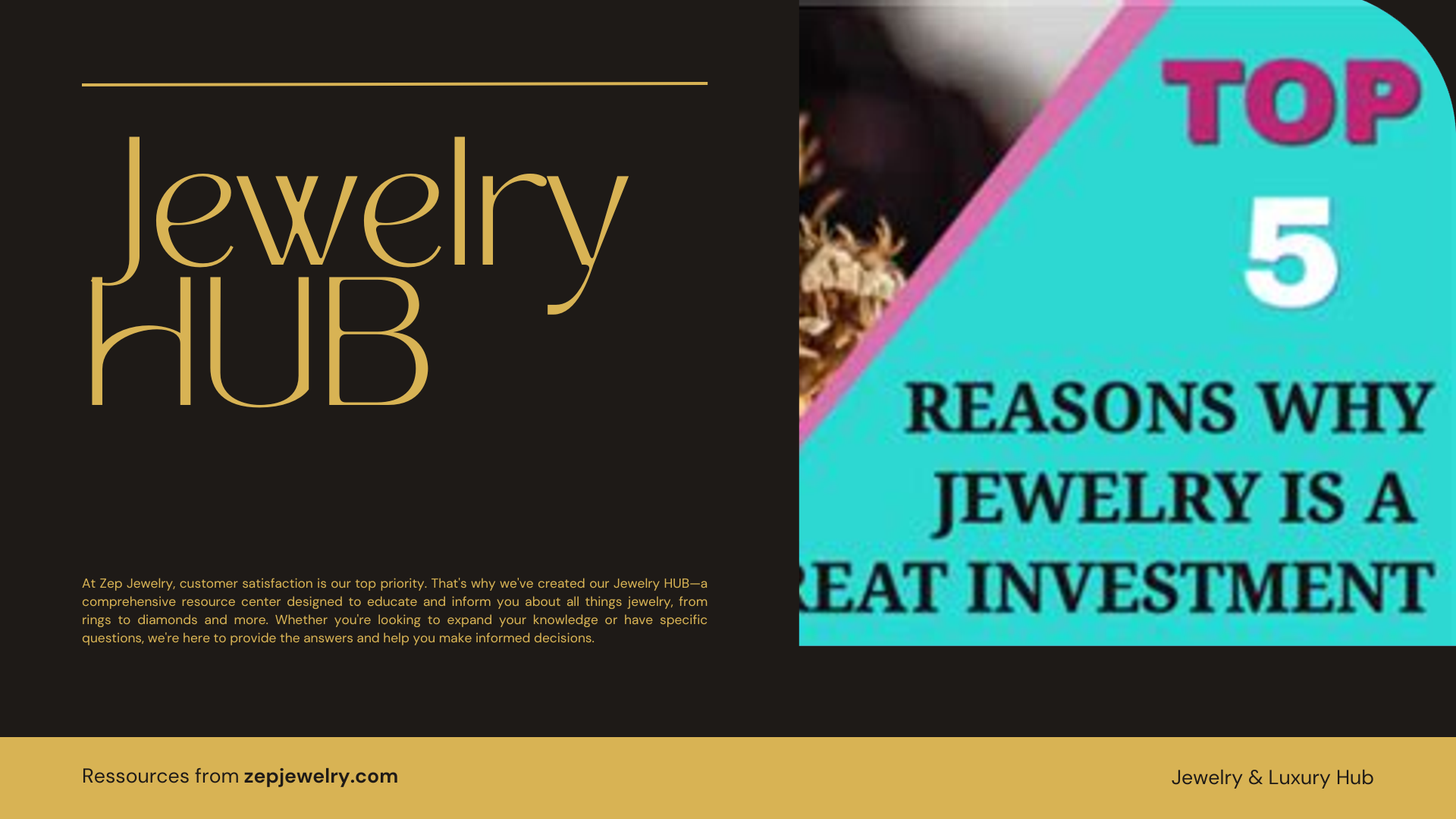Have you ever thought about wearing your wealth? Jewelry isn’t just a sparkly adornment; it’s a treasure chest that you can drape around your neck or slip onto your finger. With high-quality pieces, particularly those featuring rare gemstones, you don’t just display beauty—you’re also sporting a reliable investment that tends to retain its value over time. Unlike stocks that can plummet at a moment’s notice, jewelry offers a delightful blend of elegance and liquidity. So, as you gaze at that exquisite piece, ponder: is it just an accessory, or is it a wise financial strategy?
Why is jewelry considered a worthwhile investment?
Jewelry is often regarded as a worthwhile investment due to several compelling factors. High-quality jewelry, especially those adorned with rare gemstones, typically holds its value exceptionally well over time. Not only can a well-crafted piece resell for a significant amount, but it also offers the unique advantage of liquidity, allowing the owner to sell it when desired without facing extreme depreciation. This duality of jewelry, serving both aesthetic and financial functions, distinguishes it from more conventional investments. Unlike stocks or bonds that sit idly, jewelry can be worn, cherished, and enjoyed, creating a unique intersection of personal enjoyment and financial prudence.
To delve deeper into why jewelry is considered a smart investment, it’s essential to examine the various aspects that contribute to its lasting value. The primary allure of fine jewelry lies in its ability to retain or even appreciate in value, particularly pieces crafted from precious metals like gold and platinum, alongside exquisite gemstones such as diamonds, sapphires, and emeralds. Over the years, these materials have demonstrated their ability to withstand market fluctuations, often serving as a hedge against economic downturns.
Furthermore, the emotional connection that many buyers develop with jewelry cannot be understated. Investing in a piece that resonates personally adds a layer of sentimentality that pure financial investments lack. For instance, items passed down through generations carry not just monetary value but also treasured family memories, enhancing their worth.
From a practical standpoint, high-quality jewelry is not just a passive asset; it is tangible and mobile, easily stored or passed down to future generations. This mobility allows for flexibility in enjoying your investment, as you can proudly wear or gift your jewelry, showcasing your unique style while making a statement about your taste and personality.
For potential buyers, it is important to research and select pieces from reputable sources, ensuring quality craftsmanship and authenticity, which play critical roles in future resale value. As trends shift and new gemstones become desirable, investing in classic designs or pieces with timeless appeal often leads to more stable returns.
In conclusion, jewelry’s unique blend of beauty, emotional significance, and financial potential makes it a worthwhile investment option. When chosen wisely, high-quality jewelry not only serves as a luxurious accessory but also as a valuable asset that one can appreciate for years to come.
How does the intrinsic value of jewelry contribute to its investment potential?
The intrinsic value of jewelry is tied to the precious metals and gemstones used. Materials like gold and platinum serve as stable stores of value, often appreciating during economic uncertainty. Fine gemstones, being rarer and in higher demand, can further enhance a piece’s value, leading to long-term gains as the supply diminishes.
Are all types of jewelry created equal in terms of investment potential?
Not all jewelry pieces are suitable for investment purposes. Investing in high-quality, crafted, and unique pieces such as those from reputable jewelers or brands can yield greater returns. In contrast, mass-produced or lower-quality items may lose their value quickly and rarely have the same resale potential.
What factors should you consider when purchasing jewelry as an investment?
When investing in jewelry, it is crucial to assess quality, craftsmanship, and the source of purchase. Look for certificates of authenticity, detailed invoices, and the reputation of the seller. Emphasizing fine materials and engineering can lead to wiser investments likely to hold or appreciate in value over time.
How does market demand influence the investment value of jewelry?
Market demand plays a significant role in determining jewelry’s investment value. Collectible pieces, designer brands, and rare gemstones often see increased interest, leading to higher prices in auctions and resale markets. Understanding current trends and potential rare finds can provide potential investors with advantageous positioning.
What makes rare gemstones particularly attractive as jewelry investments?
Rare gemstones, such as Padparadscha sapphires or natural-colored diamonds, are increasingly sought after in today’s market. Their rarity, combined with a declining supply and growing global demand, enhances their long-term value. Investing in high-quality gemstones can yield better returns compared to more common varieties.
How should one approach the resale of jewelry used as an investment?
Reselling jewelry requires a strategic approach; having comprehensive documentation, including appraisals and certificates, can bolster buyer confidence. Engaging with reputable auction houses or platforms specializing in jewelry sales can also provide a better return. Ultimately, understanding market fluctuations and trends will help maximize resale value.
